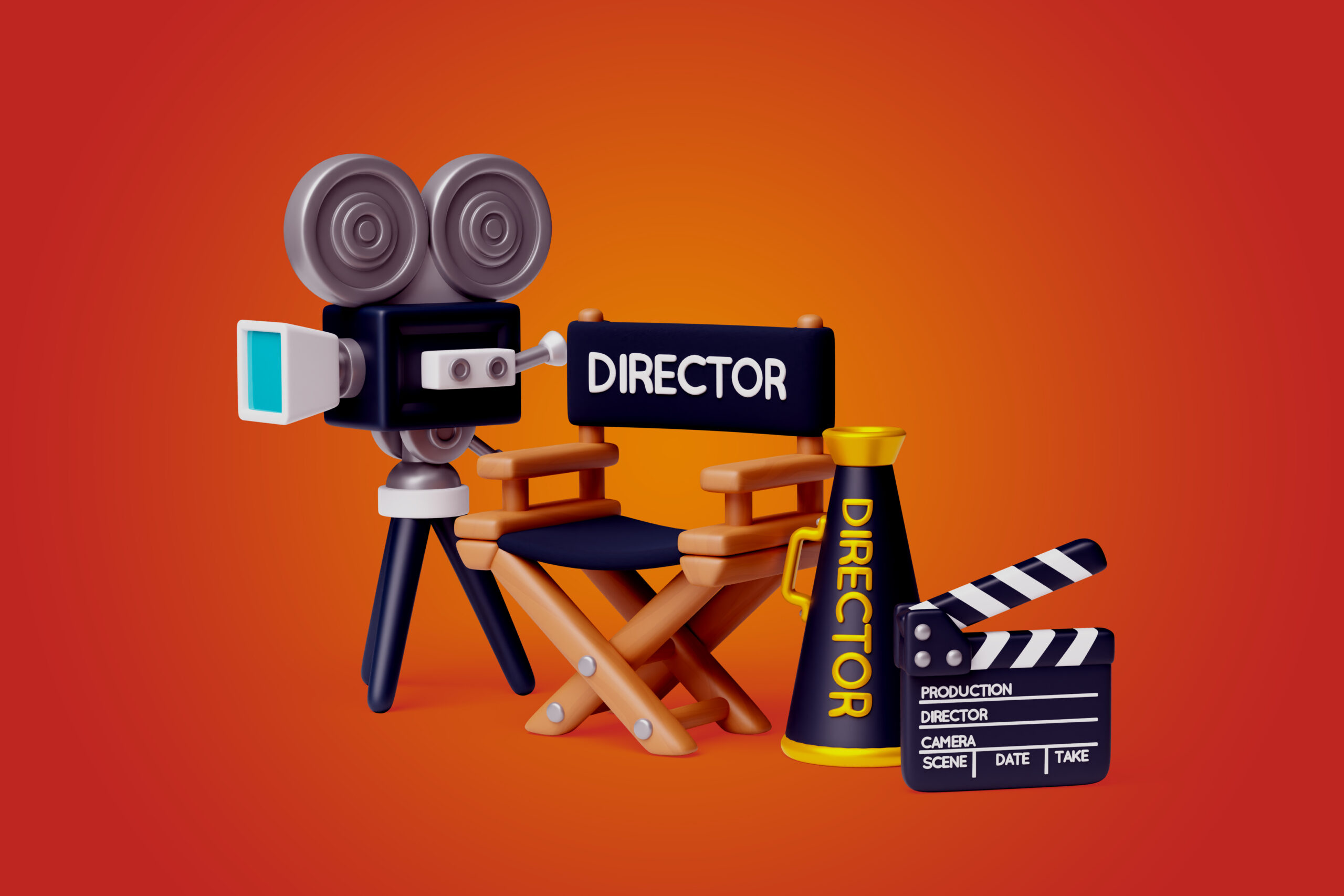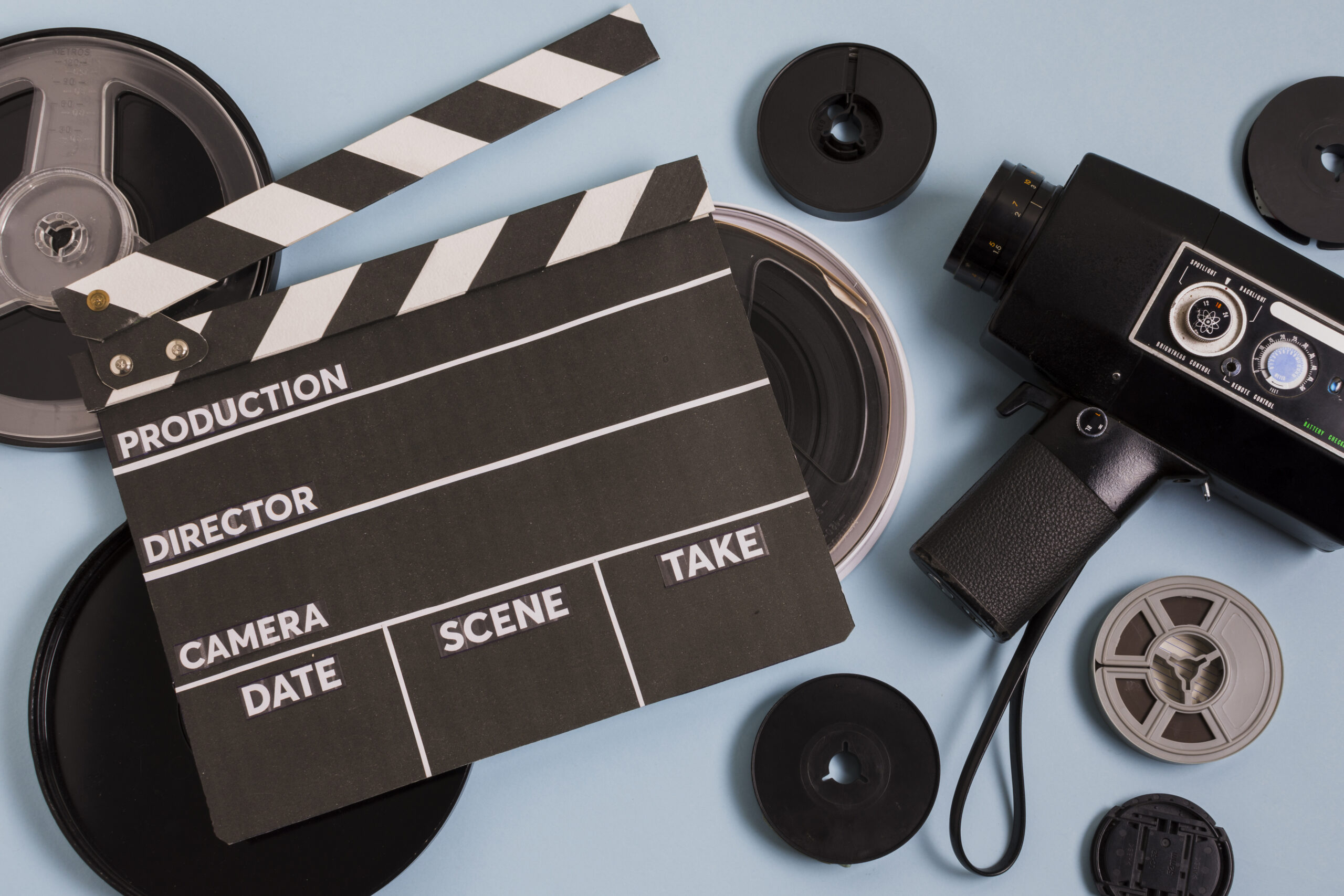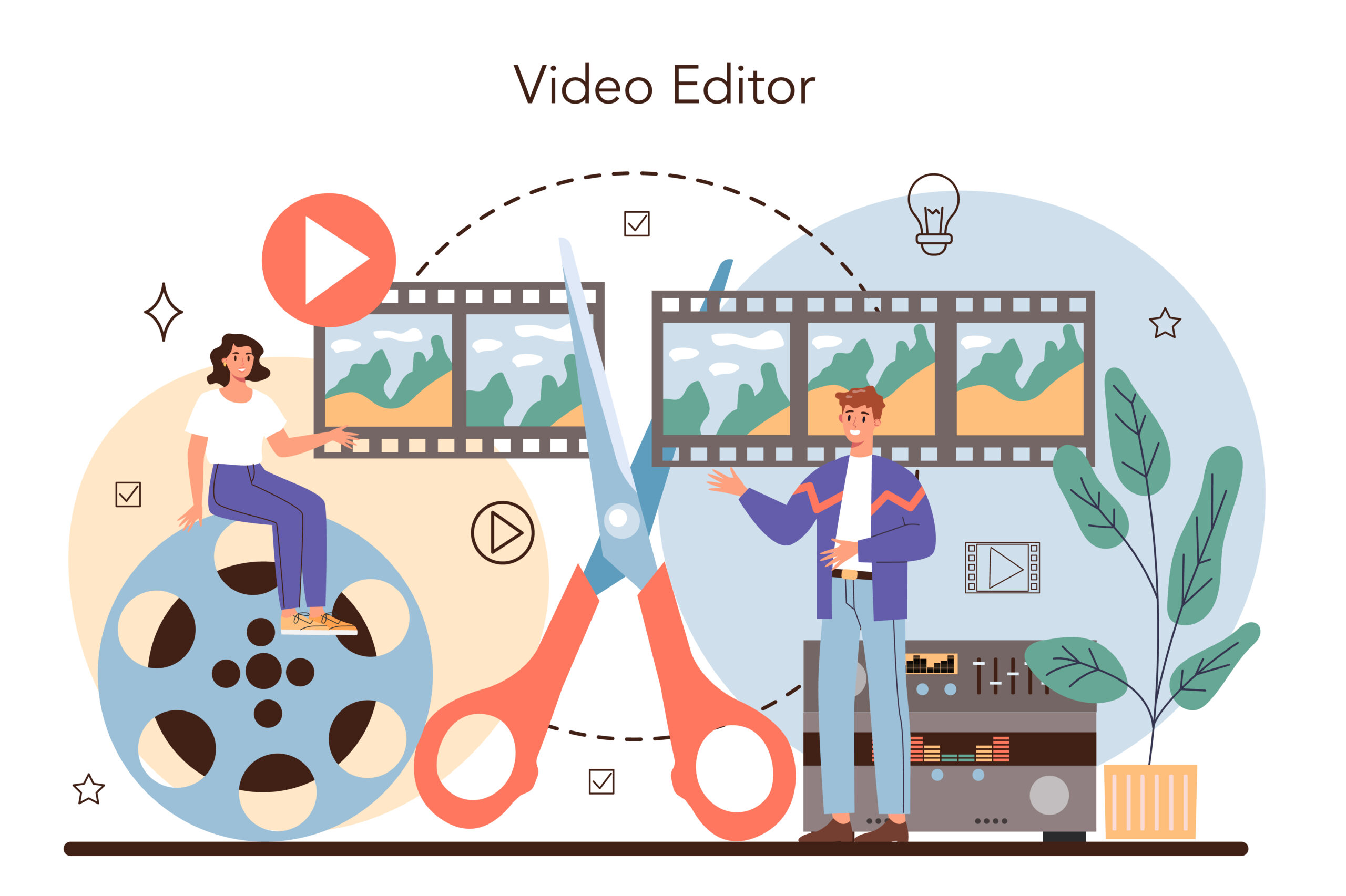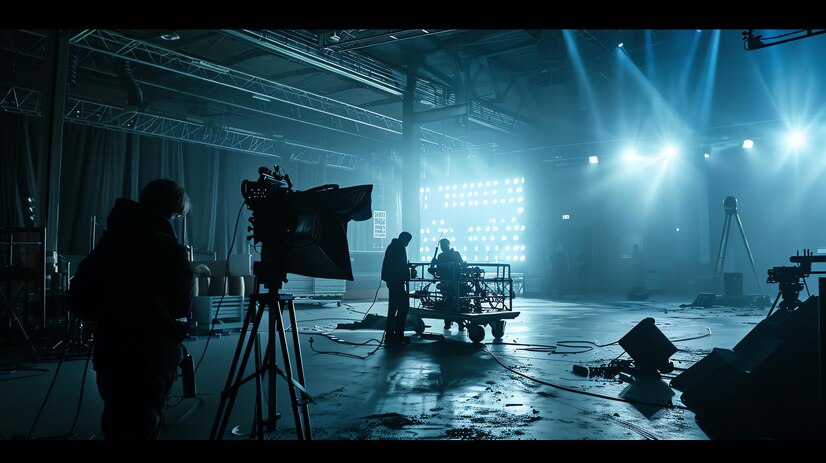Developing Your Film making Strategies: 10 Ways to Captivate Your Viewers
In the world of film making, it takes a careful blending of imagination, skill, and invention to transcend the commonplace and win over viewers’ hearts and minds. Here, we explore 10 film making techniques that are essential for improving your work and drawing in viewers.

Create a Captivating tale:
A captivating tale is the foundation of any outstanding movie. Whether it’s an exciting thriller, a sweet romance, or a riveting drama, the narrative is the cornerstone around which everything else is constructed. Take your time creating complex characters, captivating storylines, and surprising turns to keep viewers interested all the way through.
Learn the Craft of Visual Storytelling:
Since film is a visual medium, it’s critical to grasp the craft of visual storytelling if you want to captivate viewers. Make use of composition, lighting, color, and framing to elicit feelings from the audience and immerse them in the world of your movie. Carefully considered framing each shot will improve the storytelling experience.
Develop Dynamic Characters:
A Film’s core is its cast of enduring characters. Create multifaceted, multifaceted characters with distinct arcs, motivations, and weaknesses. Permit performers to add depth and authenticity to their performances so that audiences may emotionally relate to the characters.
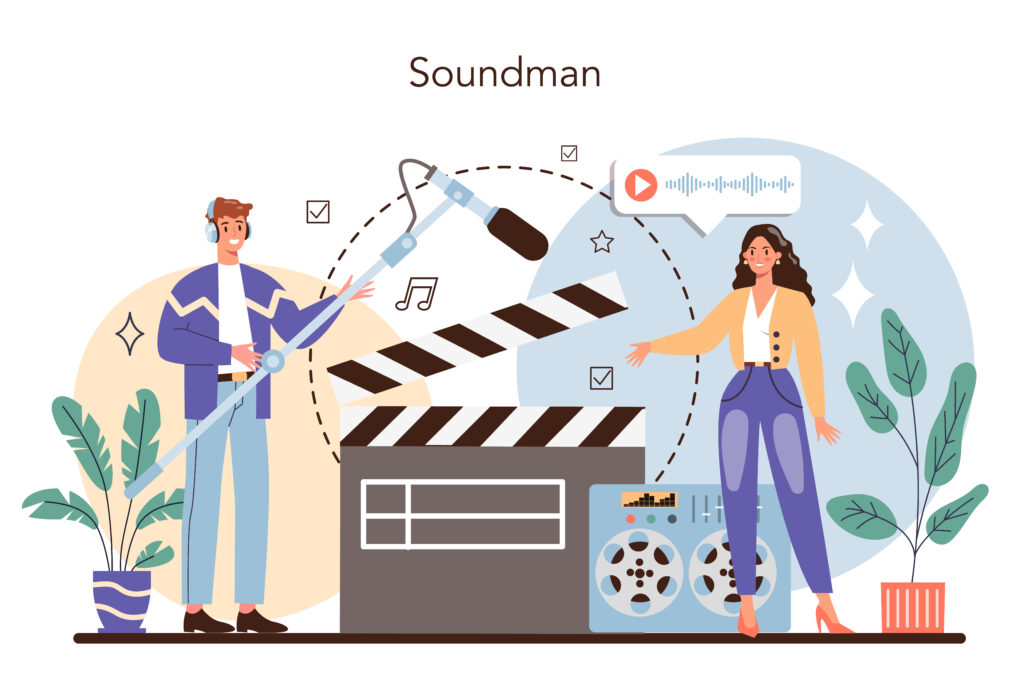
Accept the Influence of Music:
A film’s use of sound can greatly heighten its emotional impact. Invest in top-notch sound design to produce a completely immersive audio experience. This should include dialogue, music, and ambient sounds. Employ sound to direct the audience’s emotional journey, create tension, and convey mood.
Play Around with Various Genres & Styles:
When making films, don’t be scared to experiment with genre and style. Try out novel camera angles, daring editing selections, and non-traditional storytelling strategies to produce a really distinctive cinematic experience. Accept variety and try out fresh approaches to communicating your artistic vision.

Be Aware of Rhythm and Pacing:
The use of rhythm and pace is crucial to good storytelling. Develop your sense of timing to keep your movie flowing dynamically and drawing viewers in to the story. Employ editing strategies like cuts, fades, and montages to manage your movie’s rhythm and add suspense as needed.
Use Metaphor and Symbolism:
Your narrative can gain depth and complexity by incorporating symbolism and metaphor, which enables you to explore topics and concepts in nuanced and significant ways. Use metaphorical language, reoccurring themes, and symbolic images to deepen the meaning of your movie and encourage viewers to think critically.
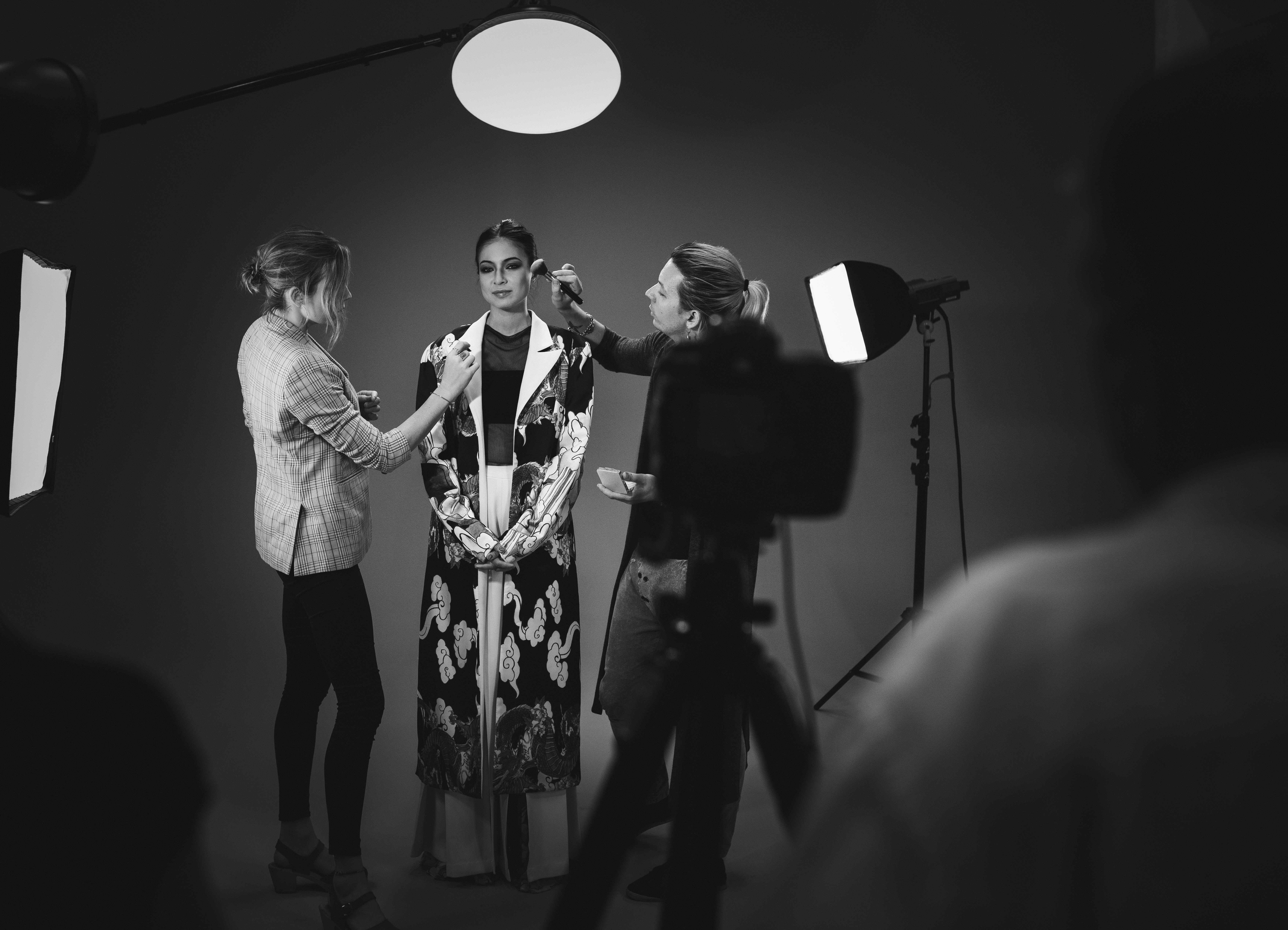
Work Together with Skilled Artists:
As a collaborative art form, film making requires a talented cast of technicians and artists to elevate one’s work. Collaborate directly with editors, composers, cinematographers, and other team members to bring your idea to life with precision and enthusiasm. To get the greatest outcomes, promote innovative communication and a collaborative attitude.
Examine the Masters of Film:
By examining their work and dissecting their methods, you can learn from the cinematic masters. To increase your comprehension of narrative and visual language, see a wide variety of movies from various historical periods, genres, and cultural backgrounds. Take inspiration from film makers who have gone before you, but also work to develop your own distinct style.
Always Be Improving Your Craft:
Making films is an ongoing learning and development process. Continue to be inquisitive, modest, and receptive as you work on improving your skills on every new endeavor. Accept failure as a chance for personal development, and never give up on striving for ever-higher levels of quality and innovation.
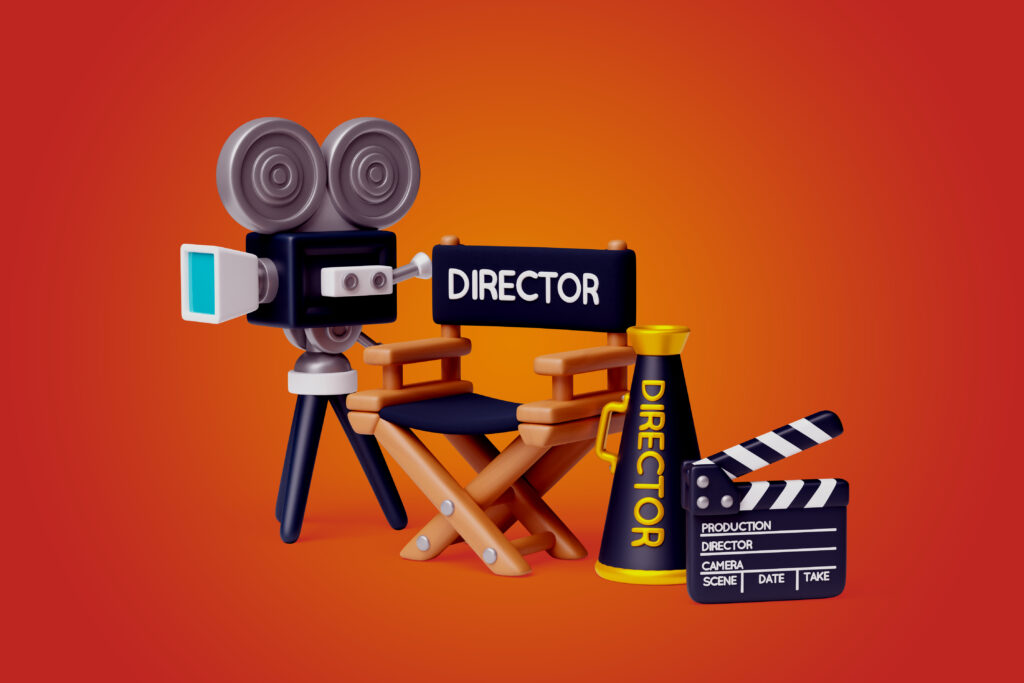
Conclusion:
It takes a combination of talent, commitment, and enthusiasm to become a great filmmaker. You can take your film making to new heights and enthrall audiences with unforgettable cinematic experiences by putting these ten strategies to use: crafting compelling stories, mastering visual storytelling, creating dynamic characters, embracing the power of sound, experimenting with different genres and styles, paying attention to pacing and rhythm, using symbolism and metaphor, working with talented artists, studying the masters, and never stopping to improve.

